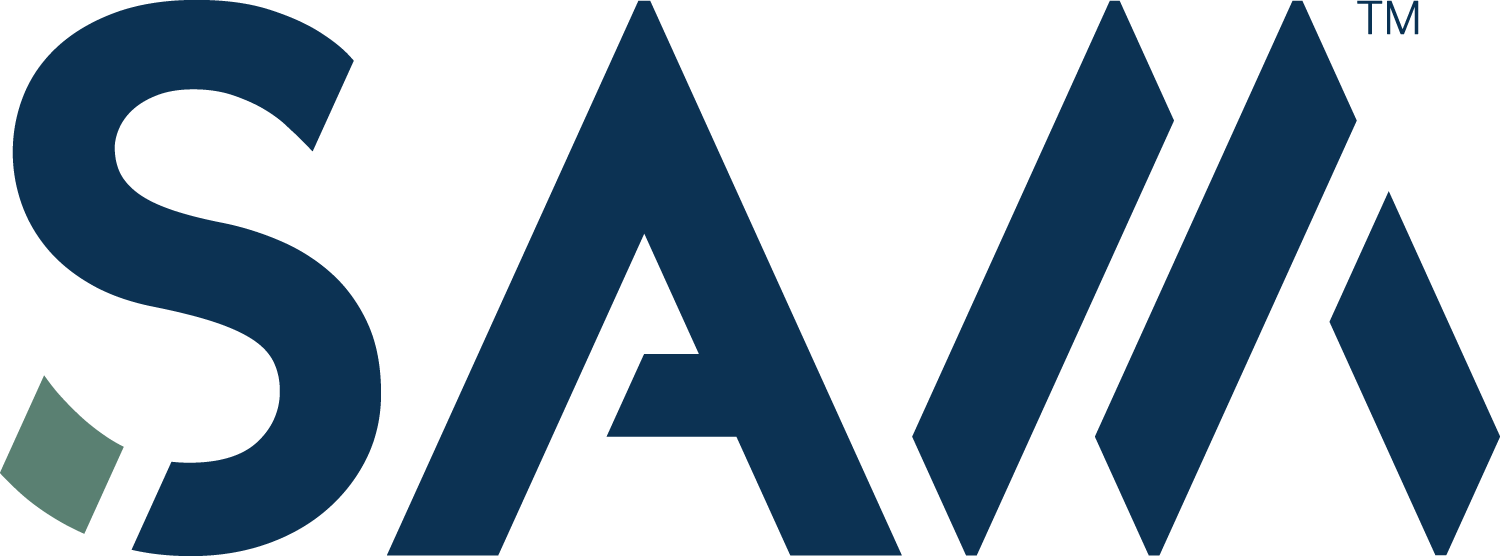The Multi-Purpose Appeal of Utility Coordination
| Sean Weingartner
When most people in the transportation industry think of Utility Coordination (UC), they think of specialists focused on identifying assets that might need to be relocated prior to constructing or renovating a highway or road project. However, if that is the only way that you are using a UC firm, you may be missing some other advantages that could contribute to the overall success of a program.
It’s true that a UC professional is typically the collaborator representing a transportation organization to the utility owners. But, the services provided by a UC professional have greatly expanded in recent years, well beyond the roadway-utility intersect.
Here are three areas where the UC professional skillset is indispensable, including some you may not have thought of previously.
- Liaisons for Department of Transportations (DOT):
Certainly the most common activity, many DOTs depend on the professional to identify utilities in an area of work and recommend resolutions to potential areas of conflict. It’s a task heavily reliant on quality information and communication to meet scope and schedule and to avoid disruptions that could negatively impact the budget.Acting as a representative for a DOT, one must have in-depth knowledge of DOT processes, including, but not limited to, standard utility agreements, quit claim deeds, and Buy America policies. A deep understanding of roadway design and construction, as well as utility construction, is a huge plus. The best firms will use existing 2D and 3D SUE information to compare to the latest roadway, drainage, bridge, and sound wall or noise barrier designs and the cross sections to make judgments on requesting design changes or recommending utility adjustments. They should also take into account the other proposed utility designs to produce a Proposed Utility Layout to ensure that all utilities have a clear path to relocate and that is constrained within the proposed roadway footprint. This experience and skill go a long way when having to make recommendations for relocations and/or design changes. The DOT relies on the UC professional to be the expert to maximize cost savings and improve quality while adhering to the schedule.
- Liaisons for Utility Owner Reps:
As the face of the utility owner, UC professionals must possess a high degree of knowledge and communication skills. Awareness of DOT processes is essential, as it will help utility owners work through necessary design approvals, permits, and agreements and then develop resolutions to avoid potential conflicts. The UC professional must dive deep into a utility owner’s internal process and procedures to make the best decisions on behalf of the owner that are also reasonable for the other stakeholders. Utility owners have found UC services very beneficial when their project managers are juggling too many other assignments. Professional UC firms are able to alleviate the pressure from the DOT or developer by managing the schedule and project budgets on their behalf. - Liaisons for Renewable Energy Developers:
As a relatively new role, renewable energy UC is extremely fast-paced. Some of the responsibility requires the UC professional to develop conflict lists and work through transportation agency permits for issues like driveways and heavy equipment use. Coordinating crossing agreements with other utility owners is also essential, which requires considerable education about individual requirements and stipulations. Frequent changes are common in renewable projects, requiring UC professionals to adapt rapidly to many variables. To accommodate changes in engineering-procurement-construction (EPC) contracts, UC professionals work with the developer, the engineer, land developers, and contract managers.In times when utilities need to be relocated, having spatial data in a GIS (Geographic Information System) to support renewable projects is extremely beneficial. With so many moving parts, having a database to track the changes in one place for everyone involved can really streamline the process and make communication streamlined. A GIS serves as a common operating picture for the development in which all stakeholders can view and update their spatial data for their scope of work or area of responsibility. SAM can provide these centralized collaborative GIS tools in a web-hosted environment utilizing SAM IntegrityTM. A spatial database can be transferred to the owner when the program is over, and this value-added service can preserve the records indefinitely, potentially reducing costs in the future.
The conventional role of the UC professional is not just utility coordination anymore. It has expanded in scope and across disciplines, which in turn puts greater demand on their technical skills. Finding innovative and affordable solutions to complex challenges and gaining agreement amongst all parties is a unique skill set that requires collaboration, technological expertise, and creative thinking to navigate this ever-widening demand for UC.
The modern digital world has greatly impacted the work a UC professional must perform successfully. Leveraging technology and employing specialized software applications to manage spatial data is essential. For example, if the data system the UC professional is using is only compatible with the DOT’s system but not the contractor’s, it may be more difficult to ensure the accuracy of the information or negatively impact communication. SAM’s proprietary 3D program SAM VantageTM allows us to use our existing 3D SUE data to explore and mitigate potential project conflicts with proposed roadway and utility features and helps to mitigate potential communication gaps. This is just one example of how new technologies can simplify processes and integrate into the work that UC professionals perform.
Nationwide, SAM’s utility coordination team is equipped with the latest technology to provide the most complete picture of existing infrastructure, giving owners and developers the confidence to move forward with planning, design, and utility relocation.
Sean Weingartner
Sean Weingartner joined SAM in 2011 and has 34 years of transportation experience with a focus in utility coordination, SUE, and utility construction inspection.
View Profile
